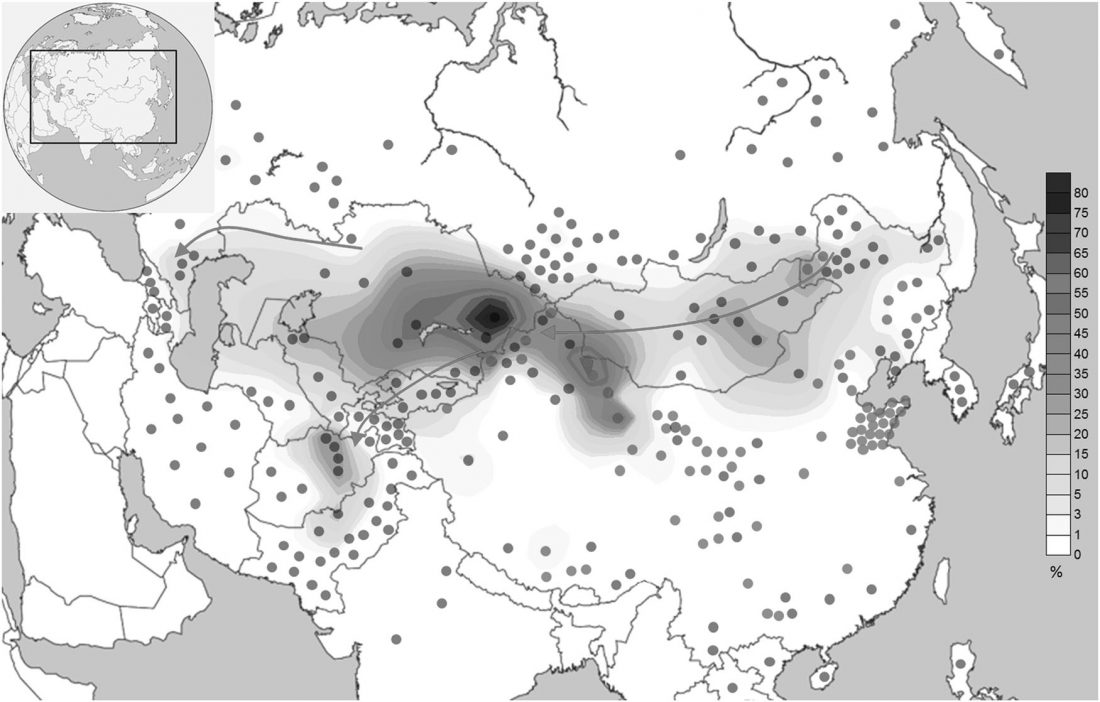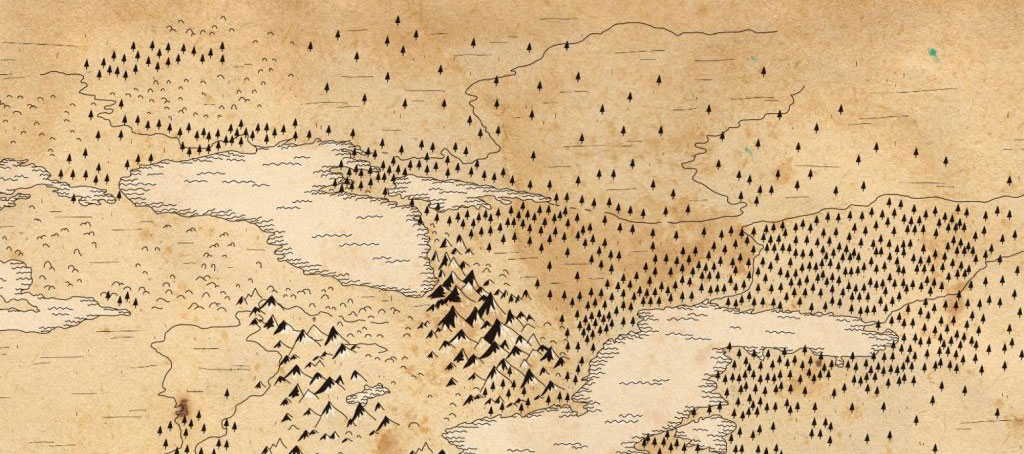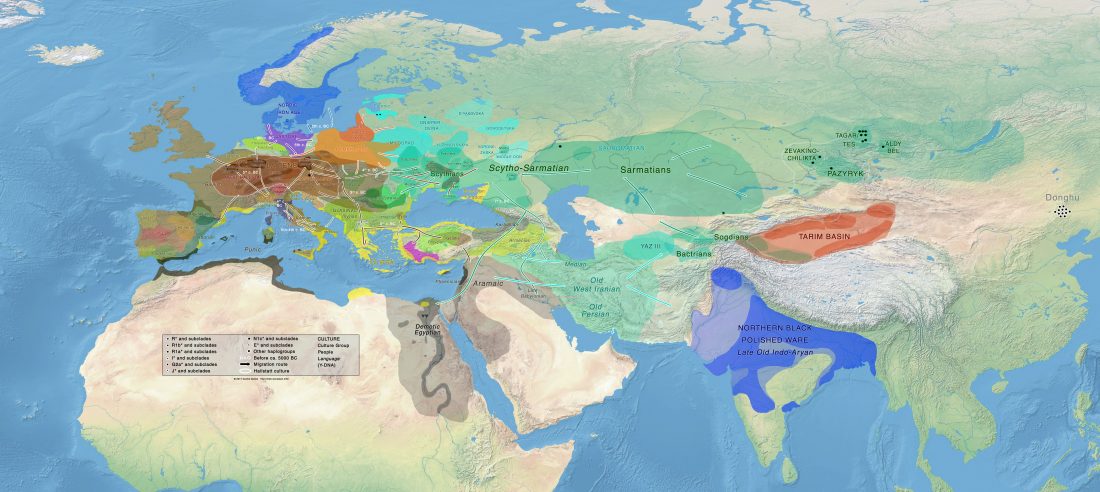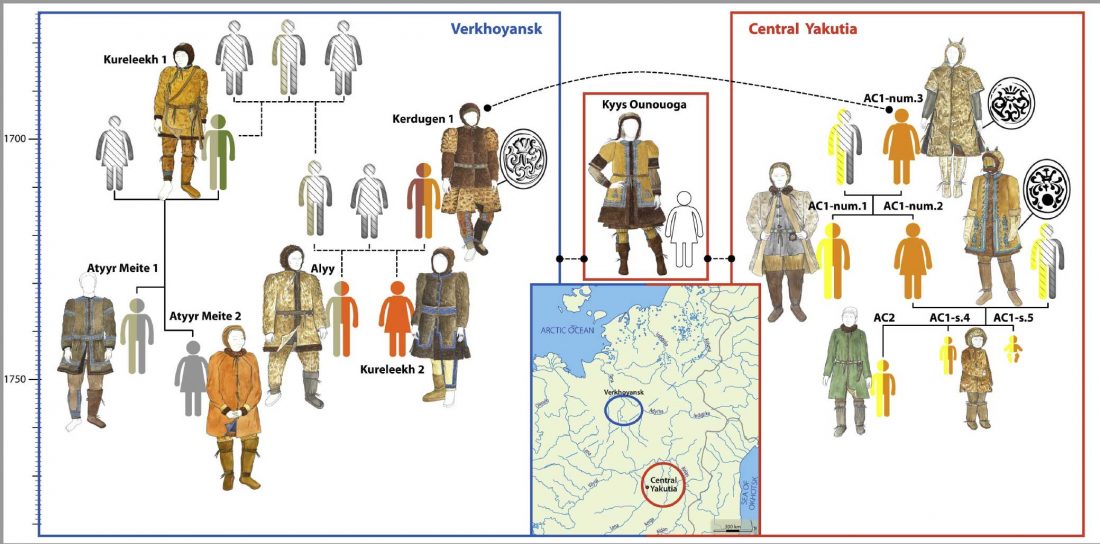Model for the spread of Transeurasian (Macro-Altaic) communities with farming
Austronesian influence and Transeurasian ancestry in Japanese: A case of farming/language dispersal, by Martine Robbeets, Max Planck Institute for the Science of Human History.
Abstract
… Read the rest “Model for the spread of Transeurasian (Macro-Altaic) communities with farming”In this paper, I propose a hypothesis reconciling Austronesian influence and Transeurasian ancestry in the Japanese language, explaining the spread of the Japanic languages through farming dispersal. To this end, I identify the original speech community of the Transeurasian language family as the Neolithic Xinglongwa culture situated in the West Liao River Basin in the sixth millennium bc. I argue that the separation of the Japanic branch from the other Transeurasian languages and




